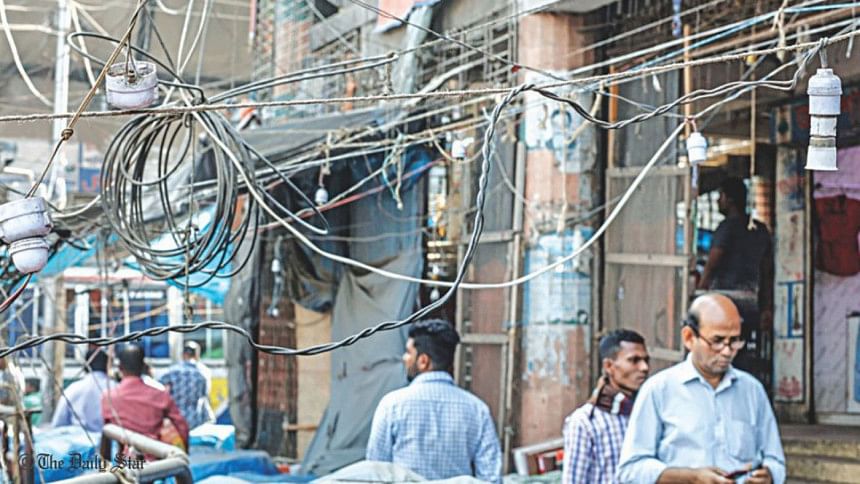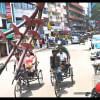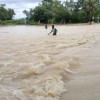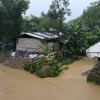Why aren’t we doing enough to fix electric wires?

In a country where monsoons and flooding are frequent occurrences, the safety of its citizens should be an unquestionable priority. However, Bangladesh grapples with a grave and avoidable problem: the lack of proper maintenance and safety measures for electric wires, which puts an added risk during floods and rainy days. It's a critical issue that demands immediate attention and action from the relevant authorities to safeguard the citizens from the threat of electrocution.
Bangladesh's vulnerability to floods and heavy rainfall is well-known. Every year, lives are lost and properties are damaged due to these natural disasters, and while we still need to work on measures to tackle climate change, we are reminded of another major drawback of our infrastructure. An often-overlooked aspect of this crisis is the risk of electrocution, a hidden danger lurking in the submerged streets and clogged drains.
The issue primarily arises from inadequate infrastructure and insufficient preventive measures. Electric wires, often installed haphazardly, dangle perilously close to the water's surface during floods. The situation worsens due to blocked drains and poorly maintained roads, making it treacherous for citizens to navigate flooded streets safely.
The recent tragedy in Dhaka's Mirpur area, where four people including a toddler lost their lives to electrocution during flash floods last week, serves as a stark reminder of its urgency. The question that looms large is why the government has not taken more decisive steps to address this issue before.
Every citizen deserves protection and security, irrespective of their socioeconomic status or location. It is the government's duty to shield its people from foreseeable hazards as such.
Ensuring electrical safety during floods and heavy rains must be ensured by the relevant authorities. Every citizen deserves protection and security, irrespective of their socioeconomic status or location. It is the government's duty to shield its people from foreseeable hazards as such.
Amid extravagant hard infrastructural improvement where roads and bridges are made to better the traffic condition, addressing the cabling infrastructure that benefits people is crucial and should also be a priority. According to the 2020 World Bank report on infrastructure development in flood-prone regions of Bangladesh, the government must invest in modernising the electrical infrastructure, which includes raising electric wires to a safe height, moving vulnerable power lines away from flood-prone areas, and putting protective measures in place like insulating wires to prevent water ingress.
The government and the power distribution companies should develop and execute strict legal sanctions against people in charge of mediocre electrical installations and maintenance in order to discourage negligence and guarantee accountability. The establishment and training of specialised emergency response teams is necessary to tackle electrical crises that arise during floods. This includes safeguarding the security of first responders and residents, as well as the speedy deactivation of electrical grids in affected areas.
The tragedy in Mirpur is a heartbreaking reminder of the pressing need to address this issue urgently. The government has a vital responsibility to make sure its citizens are safe and secure. While the country is getting digitised gradually, it is about time for the authorities to give serious attention to the prevention of electrocution during floods and extreme rainy days. To put policies in place that safeguard the citizens, the government must move promptly and firmly.
Moumita Sultana Hema is a student of the University of Liberal Arts Bangladesh (ULAB).
Views expressed in this article are the author's own.
Follow The Daily Star Opinion on Facebook for the latest opinions, commentaries and analyses by experts and professionals. To contribute your article or letter to The Daily Star Opinion, see our guidelines for submission.

 For all latest news, follow The Daily Star's Google News channel.
For all latest news, follow The Daily Star's Google News channel. 










Comments